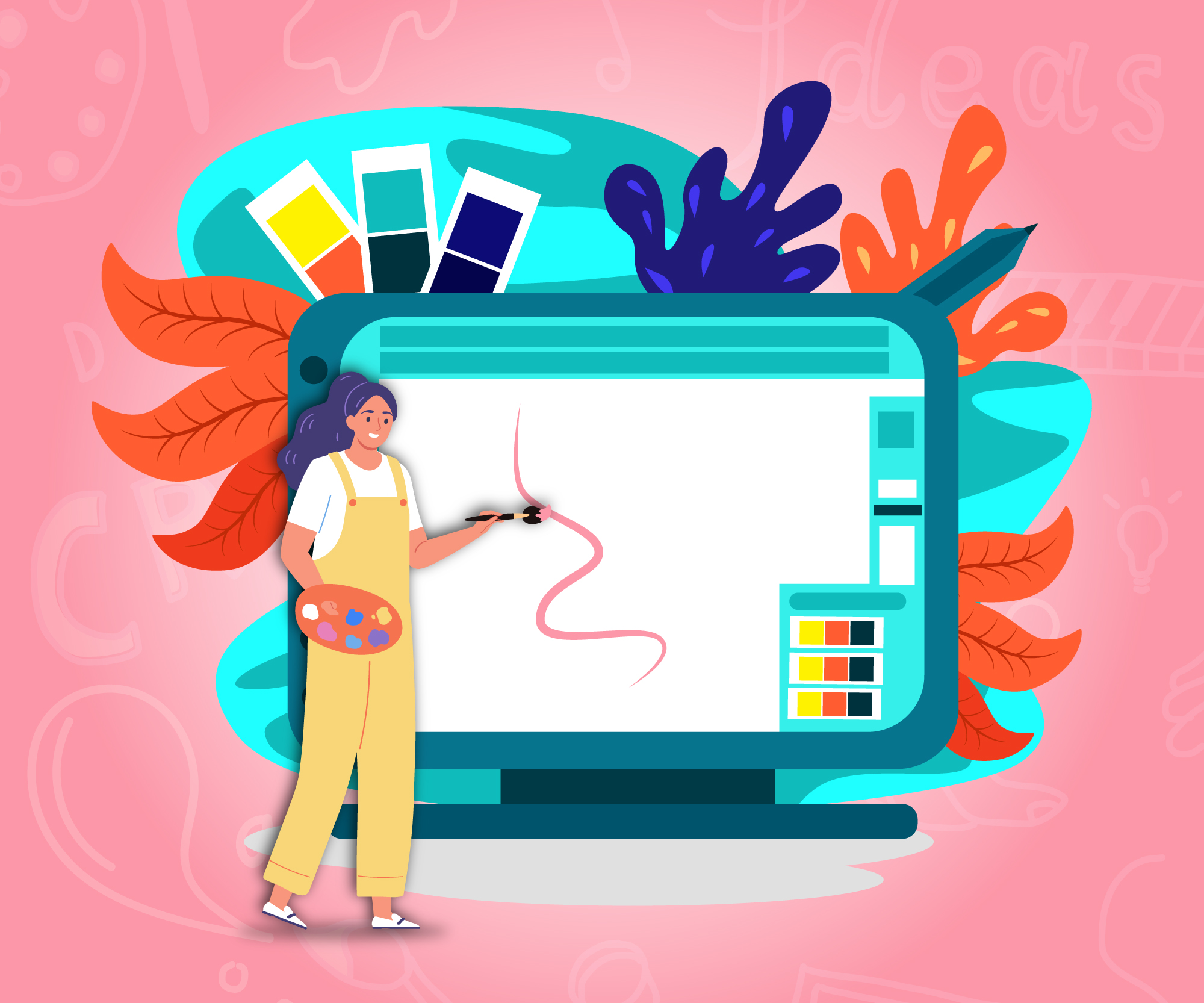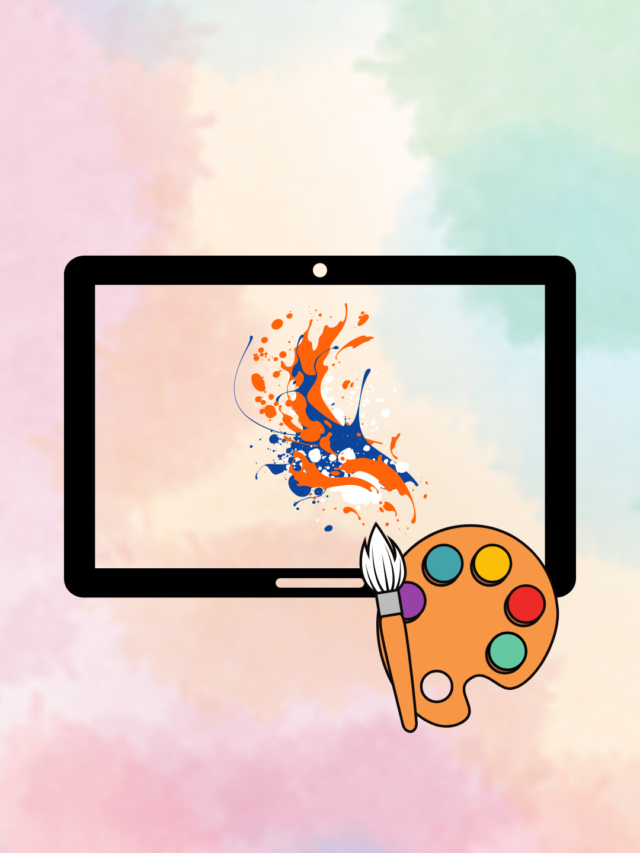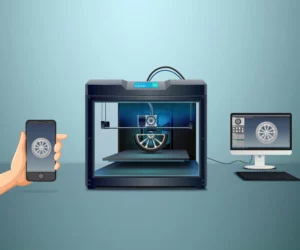
The impact of technology on the world of art is undeniable. It has revolutionised how art is created by constantly developing tools, creative digital spaces, and software to aid artists and creatives. The earliest example of this relationship would be the invention of the printing press in the 15th century. This innovation allowed writers and artists to produce their work in bulk, distributing more art to a broader audience. Since then, we’ve come a long way to the 21st century. With the advent of the internet and social media, artists can instantly share their work with a global audience.
Consequently, this has led to a more democratised art world. Here, anyone connected to the internet can be a creator and a consumer of art. As a result, art has become increasingly intertwined with technology, from installations that use cutting-edge technology to digital art created through artificial intelligence. Let’s explore what has been brewing in this field, where technology and art have combined.
Technology and art in creative spaces
Certain people have qualms about the increasing digitalisation of the world. On the one hand, people argue that our need to mechanise nearly all aspects of our lives eliminates the “human” element from our race. But, on the other, many more put forward the idea that this very need for constant development makes us human.
Another incredible example is OpenAI’s artificial intelligence model, DALL-E 2. We’ve already gone over its speediness and accessibility to amateur learners. This AI art tool can produce hyper-realistic art from a description entered in simple prompts. The software’s name comes from a combination of the animated Pixar character WALL-E and the Spanish surrealist artist Salvador Dali.
More applications join DALL-E 2, now. Prompt-based design apps like Stable Diffusion and Midjourney offer diverse and advanced options. The descriptions can be far more specific, which removes limitations. The results are also high quality and fall under the public domain, eliminating copyright issues.
Technology and art: why it’s a favoured combo
The concerns regarding the “human element” of art, which people argue is the defining factor, keep resurfacing. However, it is essential to remember that the purpose of technology has always been to enhance the human experience. Technology in the art world has opened up new possibilities for creatives, allowing for art creation in ways that were impossible before. The reach is also wider, given technology’s widespread orbit. Additionally, technology has made art interactive through virtual reality and 3D art, redefining how we appreciate and consume it.
Possibly the most impactful difference technology has made in art is bridging its sexist divide. Most high-profile exhibitions showcase more art by men than by women. In American museums, 87% of the displays are by male artists; the same statistic is 73% in Canberra alone. This favouritism also extends to the pricing: a woman’s most expensive work of art doesn’t even break into the top 100 of the world’s priciest art.
So technology’s disruptive capabilities are a breath of fresh air for women artists. Let’s look at a few examples.
Women-led platforms that fuse technology and art
Of all the remarkable artists out there, Tracy Lee Stum is an inspiration for women entrepreneurs worldwide. She started her career as an art student with plenty of imagination and an eye for what gets people hooked to her art. She launched her first art museum, TiLT, a brand under Inspire Artfulness Inc. The aim of this museum was to let people experience art through interactive illusions and 3D art. Traditional museums or art galleries prohibit people from touching art pieces. However, Stum’s museum encourages interaction and photography. Thus, this venture is perfect for our social media and photography-obsessed generation.
Salon, founded by Jordan Huelskamp, is one of the most notable platforms in the digital art world. It is the world’s first decentralised art fund. Moreover, Salon is the world’s most extensive co-owned art collection showcasing the work of female artists worldwide. Huelskamp has ingeniously introduced a user-friendly, group-based strategy for financing and administering a museum’s art collection. The members of Salon get to vote on which pieces should be purchased. In addition, those works are then displayed in members’ homes for public viewing rather than kept in safe storage or a museum.
Another great platform is Fairchain, which visionary Charlie Jarvis founded. Fairchain employs blockchain technology to generate certificates of authenticity and title for artworks and sales contracts. This feature enables artists to collect royalties whenever someone resells one of their pieces. With artists such as Laurie Simmons and Hank Willis Thomas as advisors, the platform is anticipated to reorganise the secondary art market by prioritising the interests of creators.
The future of art is female
These incredible women-led platforms provide a much-needed space for female artists to showcase their work. Moreover, they find community through their art. They’re also helping to break down the barriers that have traditionally prevented women from succeeding in the art world. Simultaneously, these platforms are inspiring women creatives for generations to come. In a way, technology has opened the doors for these women into the world of art. With an increasing number of women-led digital spaces, it’s clear that the art world’s future is female.



